Dive into macro wonders with Panasonic's S-E100 lens! ? Unleash creativity with the world's lightest medium-telephoto marvel. Coming soon for $999.99!
The post Panasonic’s S-E100: Macro Magic Unleashed at CES 2024! first appeared on Trendy Gadget.
Dive into macro wonders with Panasonic's S-E100 lens! ? Unleash creativity with the world's lightest medium-telephoto marvel. Coming soon for $999.99!
The post Panasonic’s S-E100: Macro Magic Unleashed at CES 2024! first appeared on Trendy Gadget.
It might sound like an oxymoron, but your run-of-the-mill sunglasses don’t actually use glass. To comply with certain legal regulations, “shades,” as we sometimes call them, have to use plastic or resin materials that are more resilient but have poorer optical quality. That’s true even for those expensive sunglasses, which will probably make you feel a bit cheated, especially when you notice how unclear your vision behind these plastics really is. Thankfully, the optics industry has reached a point where we can have the best of both worlds of durability and optical clarity, creating the industry’s first modern sunglasses made from actual glass, designed to deliver clarity, comfort, and protection to your eyes with an accessible price point.
Designer: Ilija Melentijevic, PhD (founder of Kolari Vision)
Click Here to Buy Now: $169. Hurry, offer ends soon!
These ‘plastic’ and ‘resin’ lenses come with a lot of responsibilities, given the fact that they’re tasked with protecting your eyesight. When you wear tinted sunglasses outdoors, your pupils dilate to let more light in – which effectively also exposes your eyes to more harmful rays… and while most lenses will block out UV rays, current sunglasses (even the expensive ones) aren’t designed to block infrared light from hitting your retina. It’s ironic that you can find IR-blocking lenses for your expensive cameras… but not for the most priceless camera we have: our eyes.
Enter Kolari Shades, a pair of sunglasses that is shaking up the market by bringing the highest-quality materials to a product you can actually afford. Harnessing more than a decade of experience in the photography space, Kolari brings a new kind of lens that is actually made of glass, providing the optical clarity that your eyes need all the time, whether you’re wearing sunglasses or not. But it’s not just plain glass, either, but the same ultra-strong Corning Gorilla Glass that has been protecting smartphone displays for years. And with 51 layers of anti-reflective and anti-smudge coating, your new premium specs are protected against scratches, dirt, dust, and more. Plus, it’s easy to clean the smudges off, too!
But while Kolari Shades’ glass lenses provide extra-clear vision, it doesn’t forget the protection that sunglasses are expected to bring. In fact, it levels up this aspect by blocking not only high-energy UV light but also low-energy infrared, both of which can be harmful to your sensitive eyes. It can even protect your privacy by blocking security cameras that use IR for face recognition. And it brings this superior protection without turning your world into a dreary shade of gray or brown. By using color-neutral coatings, you can stop worrying about those harmful and blinding rays and continue enjoying the world in full color.
The best part about the Kolari Shades is their affordable price tag, even though Kolari Shades are more costly to manufacture because of the premium materials used in the frames and lenses. It’s significantly less than luxury sunglasses that use plastic lenses, offer poorer optical quality, and strain your eyes in the long run. Why settle for plastic products that harm rather than protect your eyes when you can enjoy the optical quality that real glass lenses have to offer? With the Kolari Shades, you can enjoy durability, clarity, and protection in stylish sunglasses that don’t change the colors of your world.
Click Here to Buy Now: $169. Hurry, offer ends soon!
The post Sunglasses with real glass lenses deliver unparalleled clarity and protection first appeared on Yanko Design.
Introducing Sony's FE 16-35mm F2.8 GM II Lens—lighter, sharper, faster. A game-changer for photographers and videographers. Explore the innovation now!
The post Sony Unveils FE 16-35mm F2.8 GM II Lens: Smaller, Lighter, Sharper first appeared on Trendy Gadget.
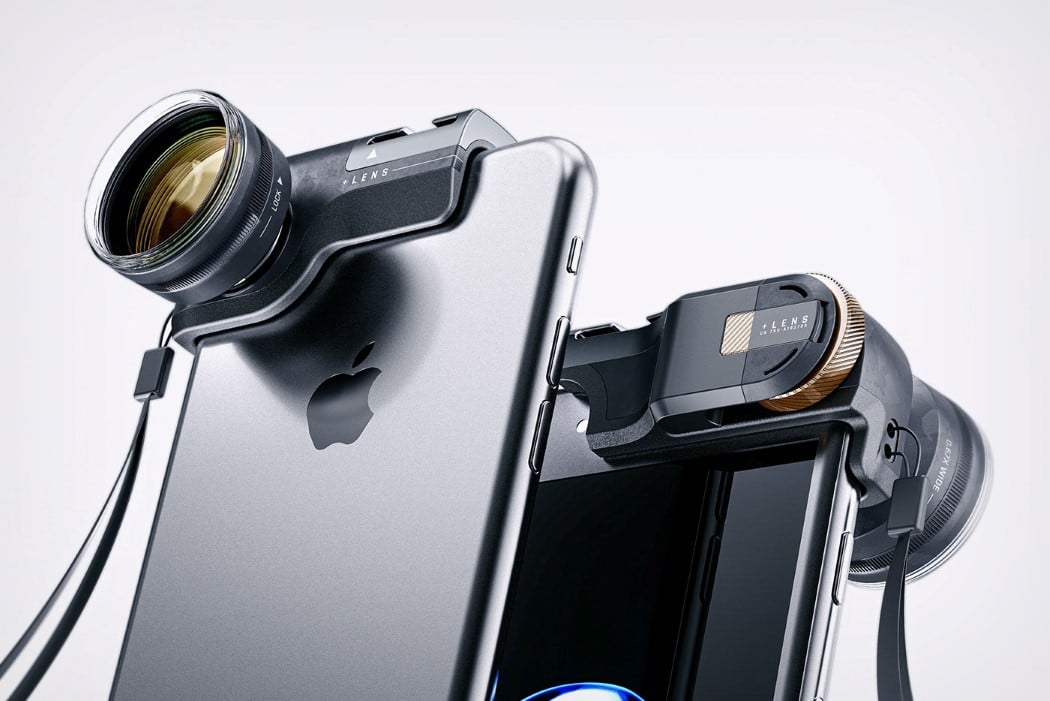
Imagine if the words “Shot On An iPhone” weren’t a distinction. What if the iPhone was just as powerful as a DSLR, so those words “Shot On An iPhone” were more of an assumption than an achievement. Well, in order to be compared to a DSLR, you’d need a powerful sensor and interchangeable lenses… and the iPhone definitely has one of those.
Although the iPhone DOES come with multiple camera lenses, it’s worth noting that only one of them is really the primary, versatile camera, while the others (the Wide Angle and the Telephoto) are more specific in their function. The +Lens modular system by Shawn Wang relies on empowering the primary camera with add-on lenses – much like the way you snap lenses onto your DSLR. Unlike most smartphone camera-lenses, Wang’s +Lens system is both exhaustive and powerful. The system consists of four add-on lenses that come in a nice, AirPods-case-shaped box along with a holder that lets them snap right onto your iPhone. These lenses, apart from augmenting your iPhone’s photographic abilities, come with their own focus rings, giving you precise control over how you capture the world around you. Wide-angle, Fish-eye, Telephoto, and Macro lenses give you the versatility of a DLSR in the convenient portability of an iPhone, and the +Lens holder even features a slot to add modules like an external flash. Combine the power of the interchangeable lens system with that of the iPhone’s computational photography chops, and you’ve really got the best of both worlds, right in your pocket!
Designer: Hsuan-Tsun “Shawn” Wang
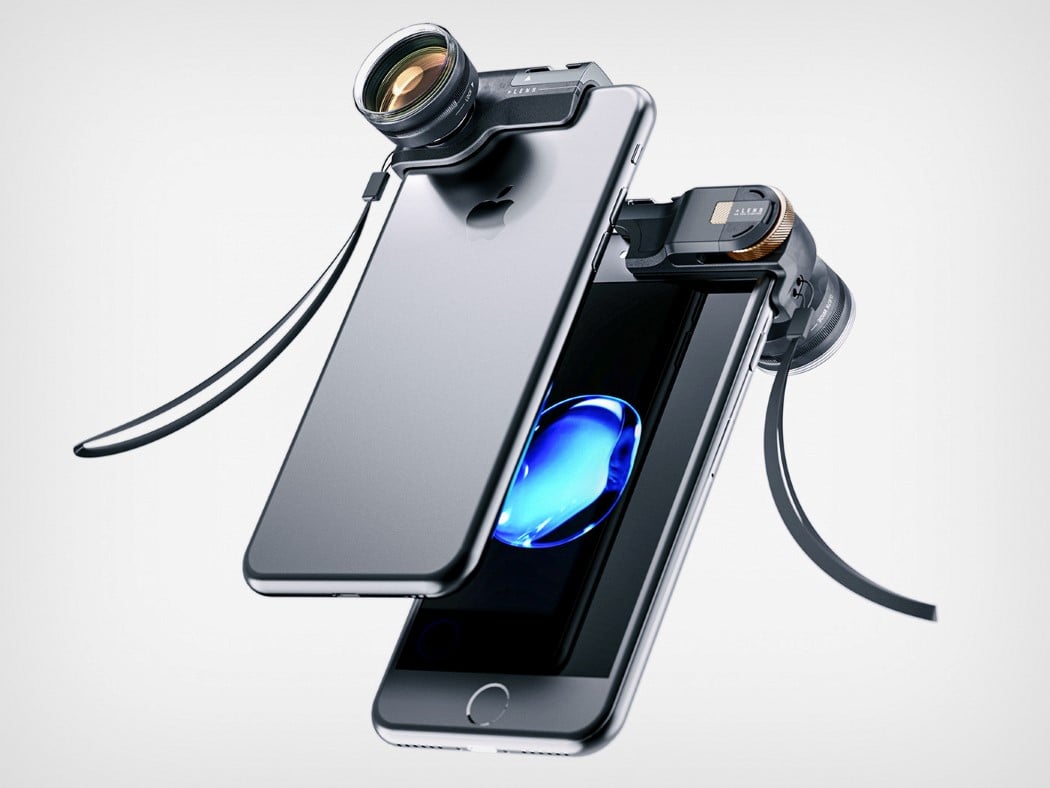
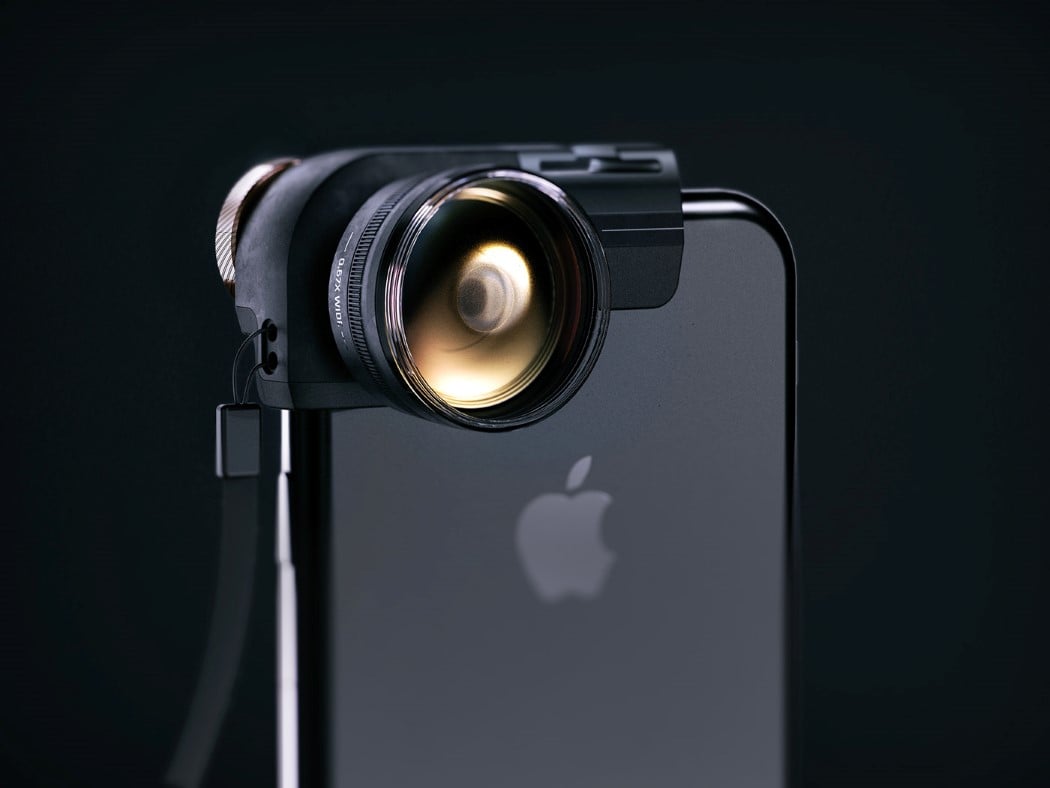
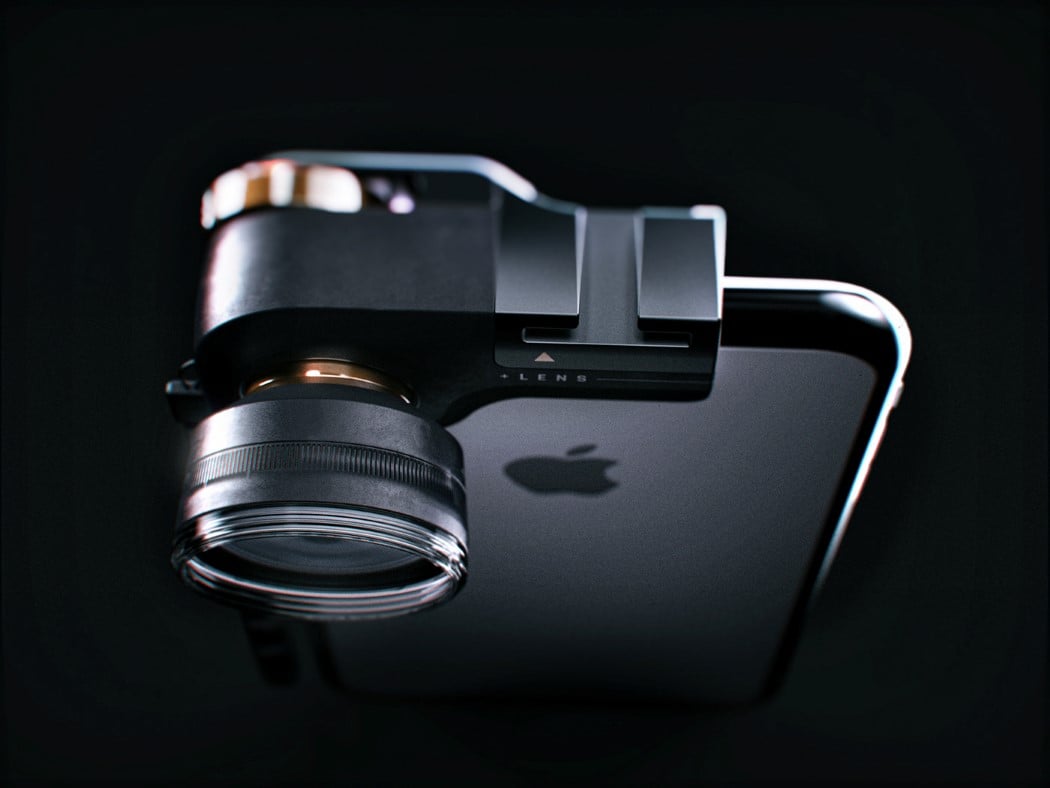
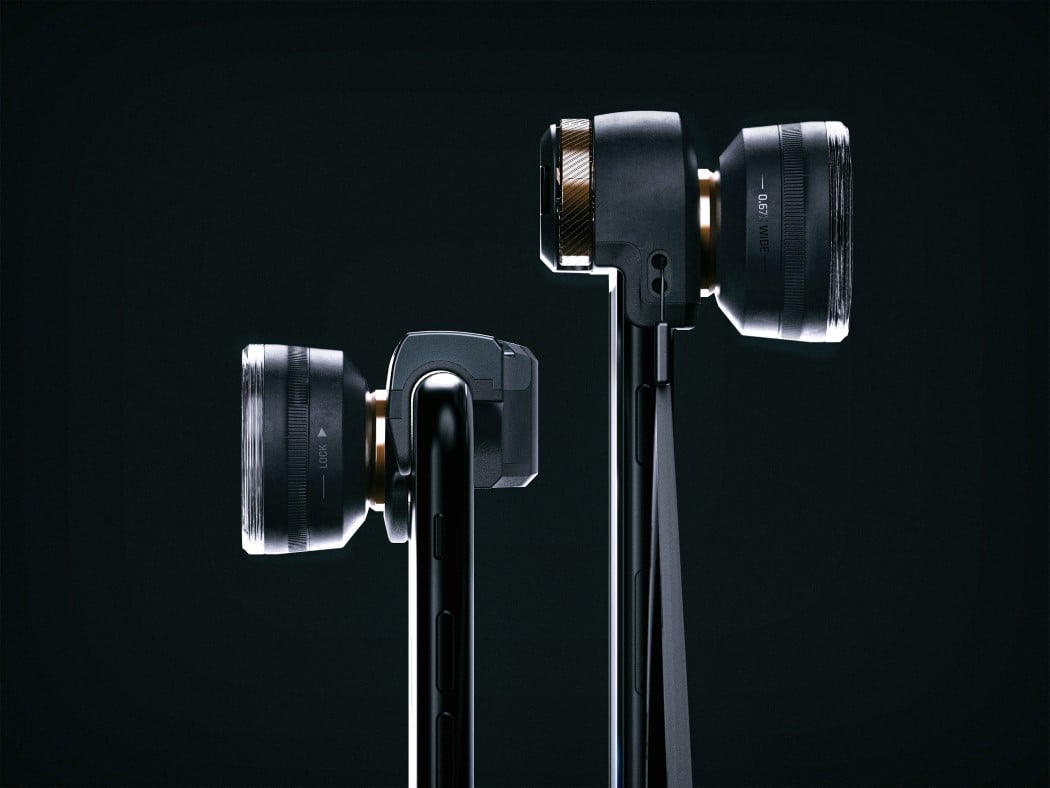
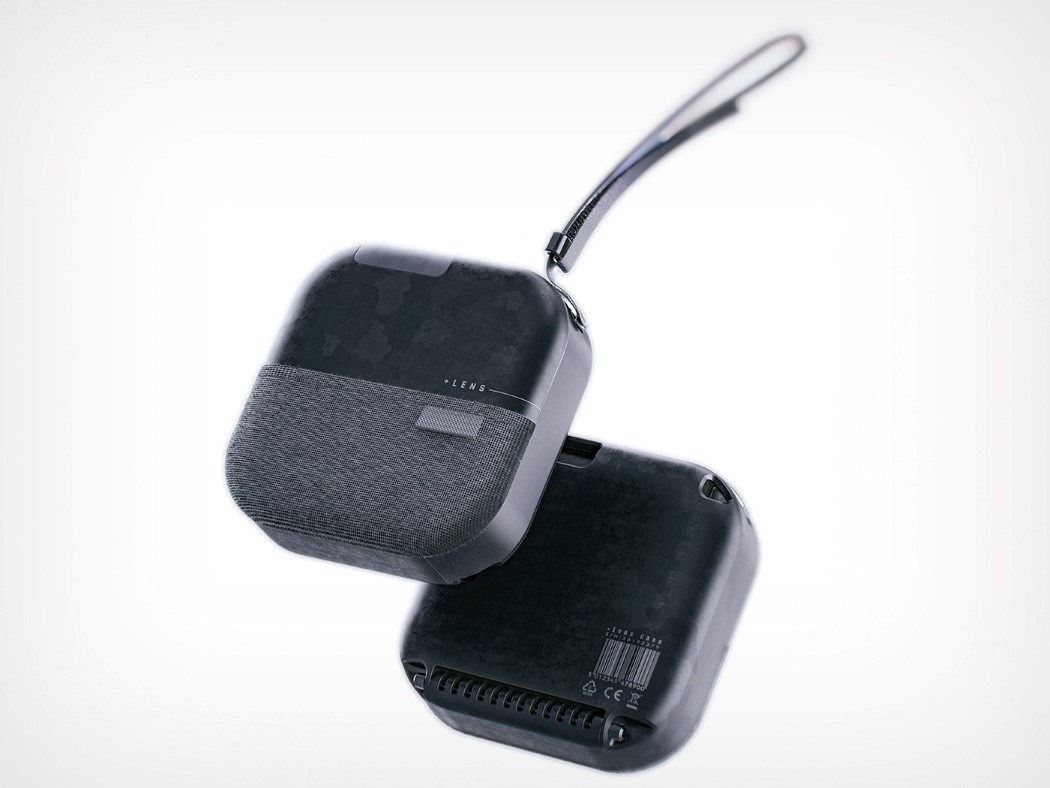
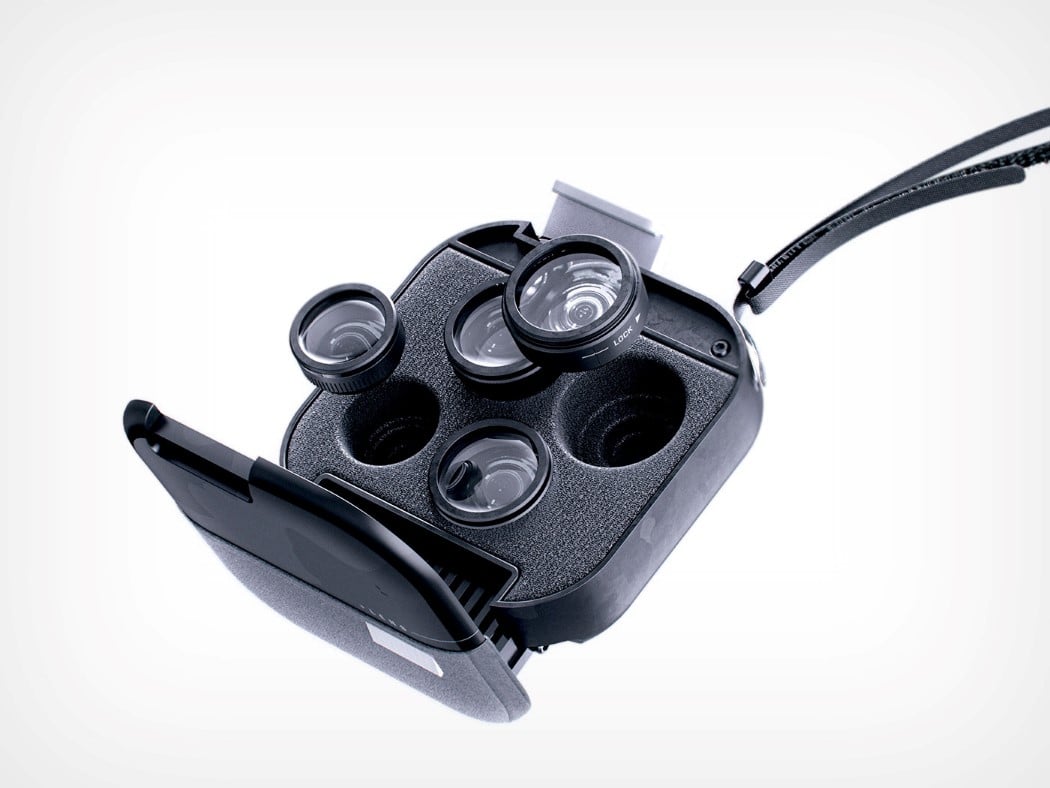
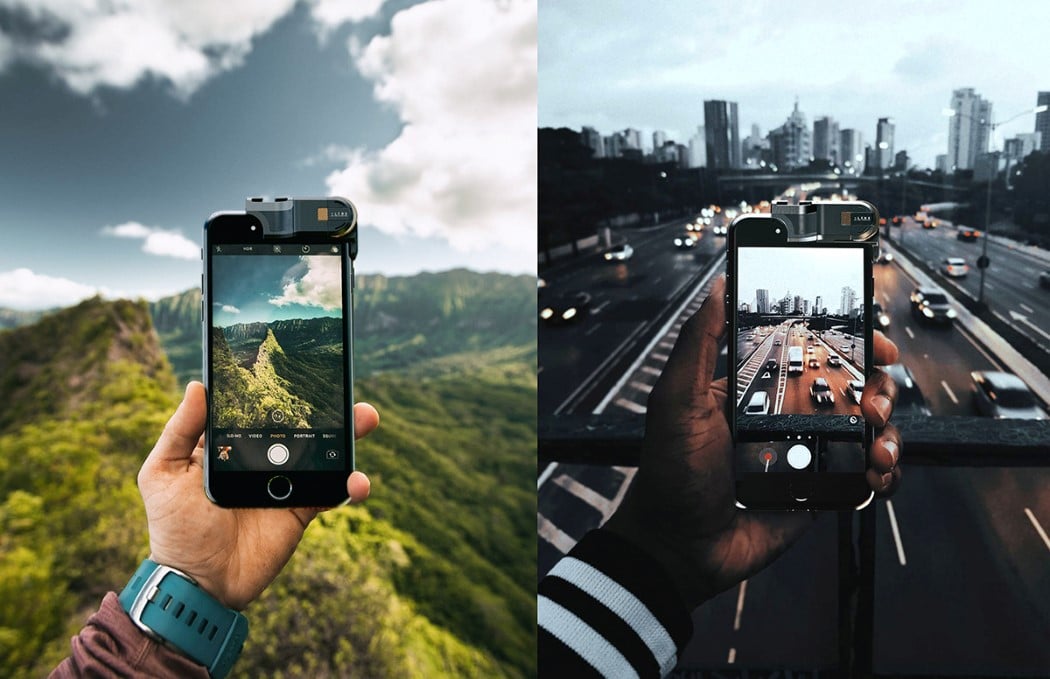
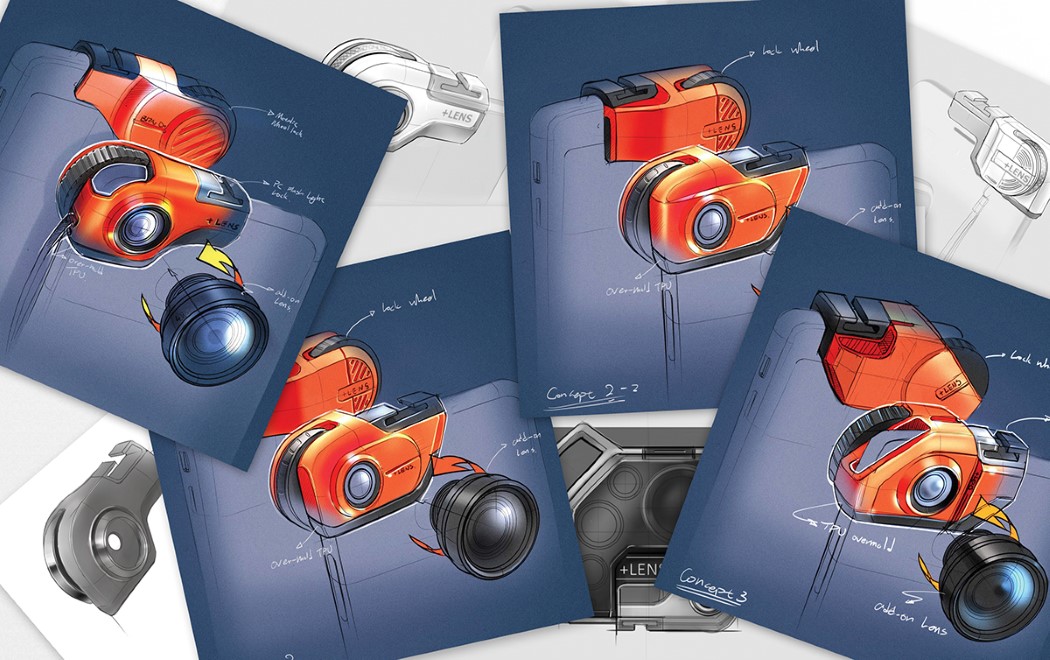
When it comes to kids and content creation, everyone seems to have an opinion. One side says that keeping children from technology would mean keeping them from learning the very tools that will inspire the future. While the other side urges children to stay away from smartphones and tablets because they keep kids from learning the fundamentals of childhood. Kid’o, a children-specific filmmaking toolkit, brings some compromise to that two-sided argument. Kid’o is a simple product design that provides today’s younger generations the chance to experiment with film and content creation without the added complexity that accompanies multi-functional cameras and online communities.
Receiving the 2020 Grand Prize award from K-Design, Kid’o affirms children’s dreams of filmmaking by providing the tools necessary in order to bring them to fruition all while prioritizing childhood’s playfulness. Based on the vibrancy of crayons, the final product is a colorful, detachable physical lens and smartphone holder. Using an app, children can pair a Kid’o lens and monitor using their parent’s or their own phone, so that the lens’s frame appears on the smartphone’s screen. By merging the product with the app, children have the chance to continue developing today’s ever-changing technological language on an interface that maintains the integrity of childhood. Features such as ‘Another Me’ and ‘Twin Me’ are similar to some of TikTok’s features and, as simple video effects, can easily transform any video clip. Once a video is created and tailored by a kid filmmaker, they have the option of sharing it with friends on the Kid’o app or other social media platforms, such as Instagram or YouTube.
Kid’o embraces simplicity in its user-friendliness and portability – kids can bring the lens and smartphone holder anywhere. The product also pays homage to a less techy and more present childhood by moving in time with the growing technology of today, while cultivating the creativity that instills within every child a desire to create. Kid’o takes children and their interests seriously by designing a space and product that inspires creative experimentations and responsible self-expression. This filmmaking tool kit designed specifically for children is not only a compromise but a distinct recognition of the changeability and cultivation of childhood.
Designers: Hanseul Kim, Junwon Ko, and Yeonjun Song
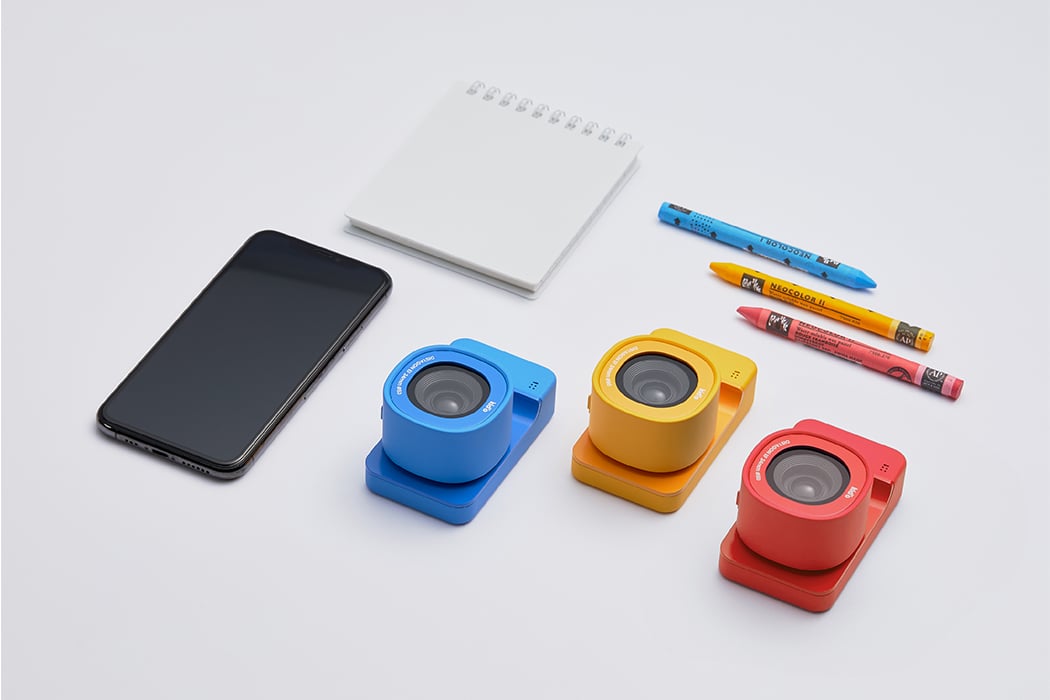
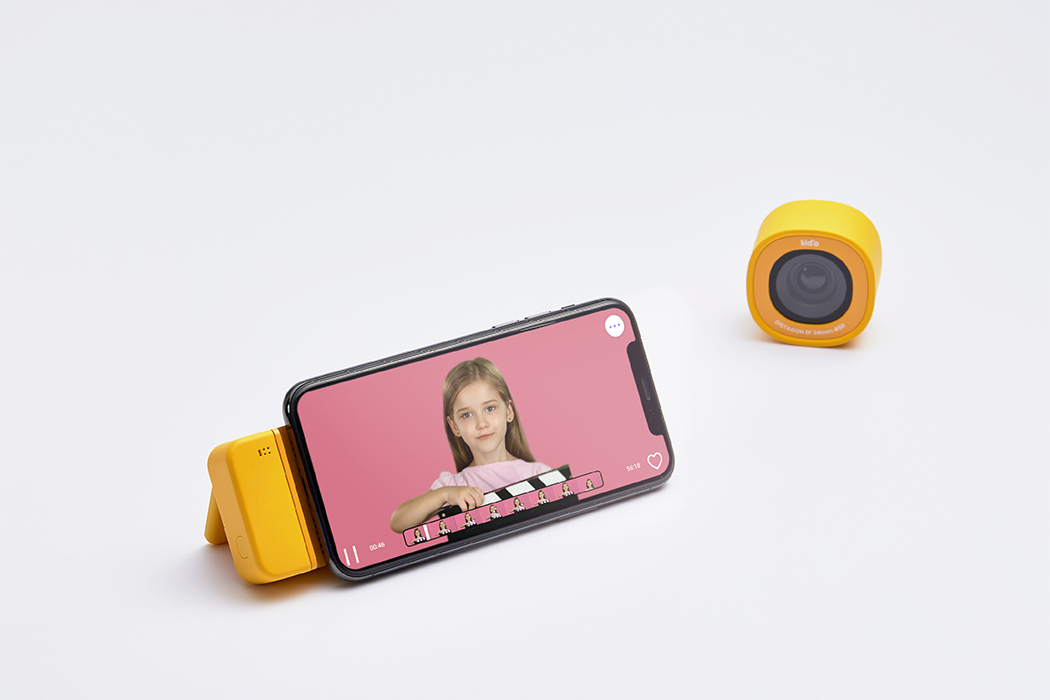
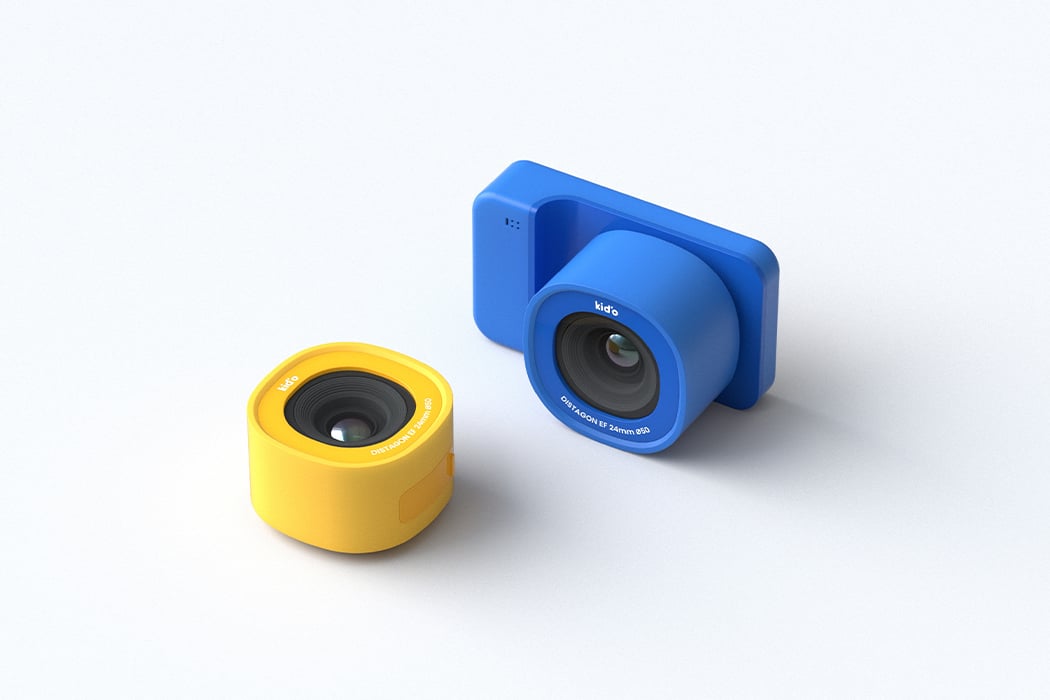
It’s great for people looking to easily read foreign languages, but even better for people with weak eyesight to begin with.
The OrCam MyEye 2 feels a lot like what the Google Glass should have evolved to become. I’m talking about ditching the holographic crystal and focusing on the camera technology, combined with Google Lens’ identification algorithm. Designed to be a small, retrofittable wearable camera that attaches to any pair of spectacles, the MyEye 2 can identify objects in front of it and read any text within its frame.
The MyEye 2 is more assistive tech than consumer tech. It helps people with low visibility to ‘see’ things by actively translating text and identifying objects. Just point at anyone or anything and the MyEye 2 picks up your gesture, analyzing what (or who) you’re pointing at. If you’ve got text in front of you, the MyEye 2 begins reading it out, allowing you to easily read fine print like newspapers, menu cards, and ingredients lists without worrying about straining your eyes. The tech works for humans too, allowing you to point at familiar people and have the wearable identify them for you.
Given that it functions as a visibility aiding device, the MyEye 2’s interface is incredibly intuitive. It works just by pointing at text, objects, and people and can even recognize voice commands… besides, if you’re visually impaired, skip the pointing and just press the button on the device and it analyzes everything within its frame. The MyEye 2 comes with a universal design that easily straps onto any pair of glasses, thanks to a magnetic band. This means it can easily be taken off whenever not in use, and even while worn, the fact that it weighs just 22 grams makes it easy enough to wear every day without worrying about the weight.
Designer: OrCam




